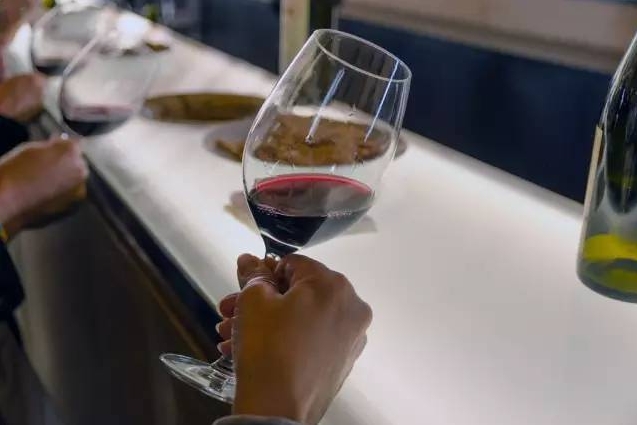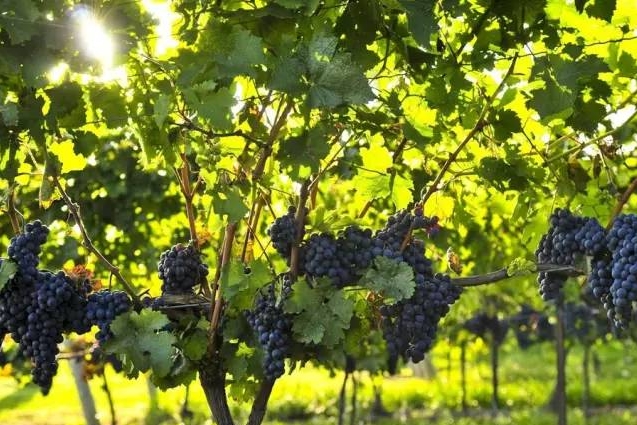1. Color Observation
Color observation involves observing the wine's color, transparency, and viscosity. Place the glass against a white or light gray background, tilt it 45 degrees, and observe from top to bottom. White wines darken with age, turning golden or amber, while red wines lighten, often shifting from bright ruby red to tea red.

2. Smelling the Aroma
During this stage, classify aromas into three main categories:

- Varietal Aromas: Derived from the grapes themselves, such as fruity or floral notes.
- Fermentation Aromas: Related to the fermentation process, including yeast-derived scents like cheese rind or nut shells.
- Aging Aromas: Developed during aging in bottles or barrels, such as vanilla, nuts, or chocolate.
3. Taste
Tasting involves three steps:

-
Acidity: Natural acidity varies depending on the grape variety and growing conditions.
-
Sweetness: Confirmed on the palate rather than detected by smell.
-
Texture: Perceived through alcohol content and tannins, ranging from tight and astringent to smooth.
-
Aftertaste: Refers to the lingering sensation in the mouth after swallowing, categorized into front, mid, and aftertastes.
4. Evaluation

Aromatic Families: Categories include floral, fruity, herbal, spicy, and more; simplifying detailed descriptions ensures consensus.
Harmony: Assess quality with terms like rough, mediocre, or elegant based on texture and complexity.
Intuitive Feeling: Assess quality visually before tasting, noting clarity and purity.
Intensity: Describe strength using terms such as light or robust, based on aromatic expression.
Faults: Identify issues such as oxidation (stale, cooked) or reduction (sulfuric, rotten).
This guide enhances your understanding of wine tasting, ensuring you confidently navigate tastings or events with insightful commentary.